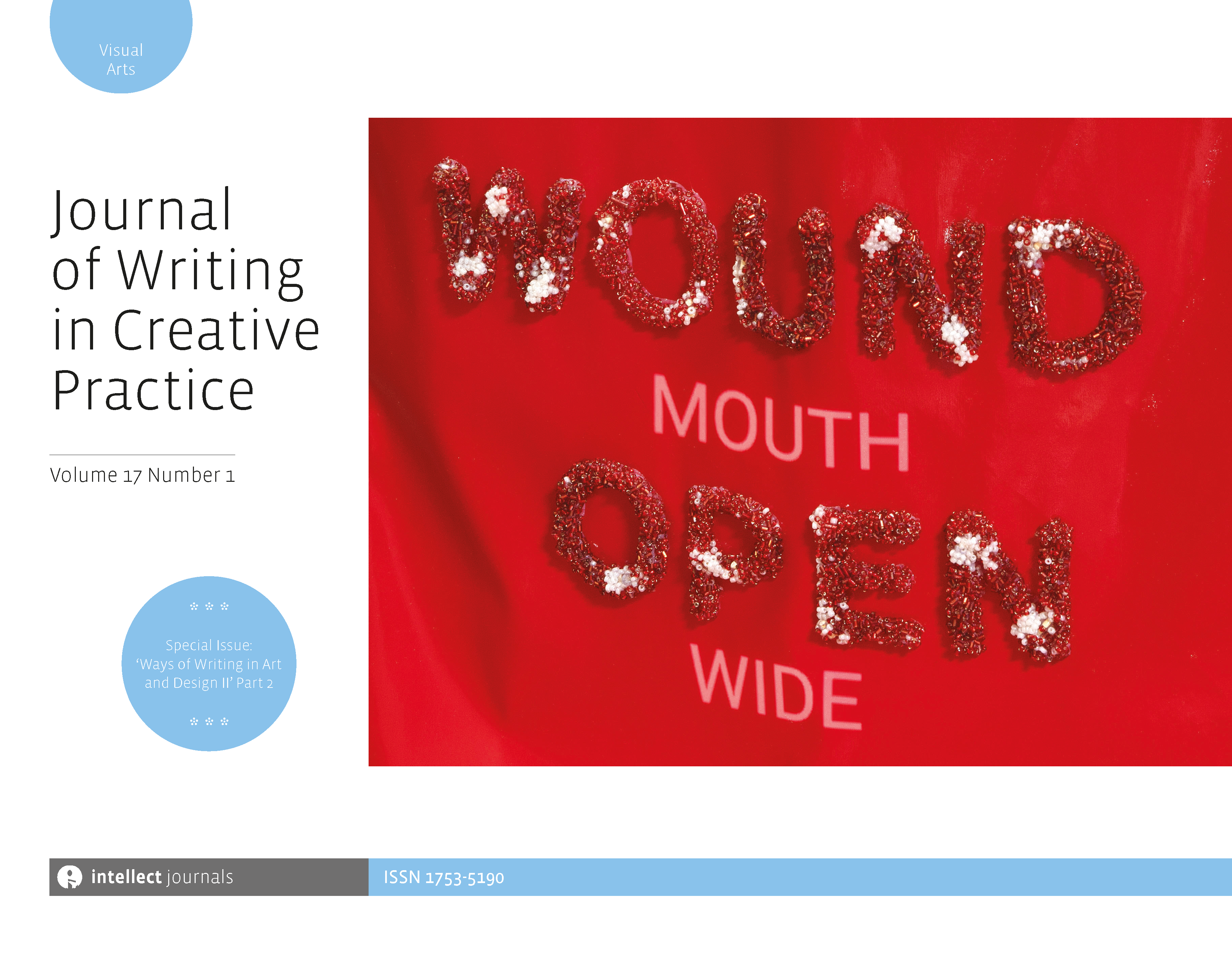
Full text loading...

The trickster methodology combines elements of practice-led research with trickster qualities (slippery, subversive, disruptive, unstable, creative, destructive, ambiguous) by identifying four qualities that are particularly relevant to creative writers: shapeshifting, play, chance and order. The theoretical frameworks that underpin this methodology include Mikhail Bakhtin’s concept of the carnivalesque and Sara Ahmed’s notion of wilfulness. The trickster methodology is distinct from existing research frameworks and models of creativity as it reflects the fluidity of the writing process and the ways in which writers embody that fluidity. In this way, it extends our current understanding of practice-led research as it offers a model of clearly defined traits that remain malleable and flexible enough for individual use while providing a way to describe the creative process that leads to a written product.

Article metrics loading...

Full text loading...
References


Publication Date:
https://doi.org/10.1386/jwcp_00043_1 Published content will be available immediately after check-out or when it is released in case of a pre-order. Please make sure to be logged in to see all available purchase options.